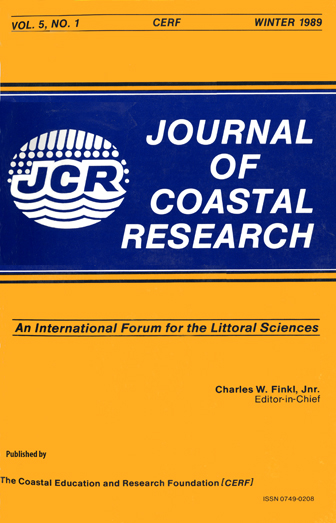The Role of the Salt-Wedge in Sediment Resuspension and Deposition: Fraser River Estuary, Canada
Keywords:
Salt-wedge estuary, bed-material, resuspension, deposition, salt-wedge, turbulenceAbstract
The Fraser River estuary is a high-energy, salt-wedge system on the west coast of Canada. Results from channel surveys indicate that resuspension and deposition of sandy bed-material are affected by the salt-wedge. As the tide rises, the salt-wedge migrates into the channel and rapid deposition of suspended bed-material occurs. This is related to interference in the pattern of sediment exchange between the flow and the bed and reduced turbulence in the upper layer. During falling tides the salt-wedge moves seaward and resuspension begins as the tip of the wedge passes, in response to enhanced turbulence in this region. Resuspension is then sustained by accelerating downstream flows.


